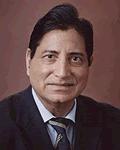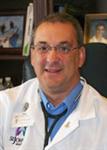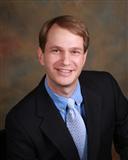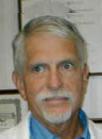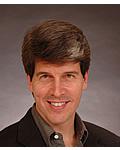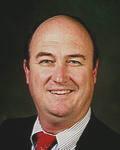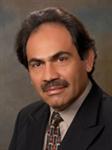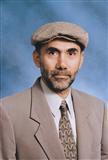Who is the Pediatric Neurosurgery
Professionals involved in the treatment of children suffering from diseases of the brain, spine and peripheral nervous system, as well as the neck, loin, head and legs.
Neurosurgeon develops methods of diagnosis and surgical treatment of diseases and injuries of the nervous system.
What diseases deals the Pediatric Neurosurgery
- Tumors of the brain and spinal cord;
- Malformations of the central nervous system;
- Hydrocephalus of different etiologies and syringomyelia;
- Pituitary adenoma;
- Tumors of the peripheral nerves;
- Congenital anomalies (Chiari anomaly, Spina Bifida, myelomeningocele - a birth defect of the spine formation, membranes and spinal cord);
- Arteriovenous malformations vascular brain and spinal cord;
- Saccular aneurysm;
- Encephalocele;
- Arachnoid cysts of the brain;
- Anomaly Dandy-Walker;
- Craniosynostosis;
- Medulloblastoma;
- Astrocytoma;
- Craniopharyngioma;
- Stroke (ischemic and hemorrhagic);
- Intracranial hematomas;
- Defects of the skull bones.
Diagnosis and Treatment of Neurosurgery
The main types of diagnostics:
- MRI;
- Laryngoscopy;
- Cystourethrography;
- CT scan;
- Cisternography;
- Palpation;
- Craniography.
When should to visit a Pediatric Neurosurgery
The anomaly of Chiari
Main symptoms: headaches occipital nature, pain on the back surface of the neck, cerebellar symptoms (impaired coordination, unsteadiness of gait), in the presence of syringomyelia are characteristic dissociated disorders of sensitivity on the upper half of the body. In rare cases, it may be accompanied by obstructive hydrocephalus. Furthermore, it should be borne in mind that sometimes in these patients happen to nightly respiratory arrest.
Spina Bifida
Main symptoms: gait disturbances due to weakness in the legs, muscular atrophy, deformation of the feet, shortening of the legs, sensory disorders, disorders of urination, pain in the legs, feet, scoliosis or kyphosis.
Myelomeningocele
Symptoms: on the back of a newborn can be pronounced neurologic deficit from the lower extremities and sphincters. Deficiency depends mainly on the degree of pathology and its localization. In general, the higher the level of the spinal cord lesion, then coarser neurological deficit.
Encephalocele
Symptoms: the presence of a newborn soft tissue of the bag on the head (more often in the occipital region).
Tips physician Pediatric Neurosurgery
What should parents do if the child has a head injury?
1. Place the child in the bed. Under the head to put a small pillow.
2. Always be near the baby, soothing and comforting him.
3. Ensure airway passableness, if breathing becomes difficult or the child loses consciousness.
4. If a child is nauseated and possible vomiting, put him on its side.
5. If the wound is on the child's head bleeds, apply a sterile bandage on it or your finger press on the bleeding vessel.
6. Treat skin around the wound with iodine or alcohol.
7. If suddenly stopped breathing, begin chest compressions and artificial respiration.
8. After any head injury, carefully observe the child for 24 hours. It must be remembered that after the trauma all pathological phenomena may develop very slowly.
9. Never shake your a child, especially a baby. This can lead to intracranial hemorrhage and death of a child!
hide
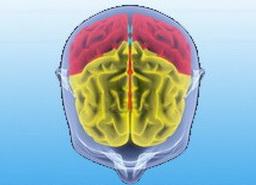 Pediatric Neurosurgery - a branch of medicine that deals with such complex diseases of children, as: moyamoya disease; Lennox Gastaut syndrome; West syndrome; Febrile seizures; craniosynostosis; Brain trauma; hydrocephalus; Gliomas; craniopharyngioma; Brain tumors, and other.
Pediatric Neurosurgery - a branch of medicine that deals with such complex diseases of children, as: moyamoya disease; Lennox Gastaut syndrome; West syndrome; Febrile seizures; craniosynostosis; Brain trauma; hydrocephalus; Gliomas; craniopharyngioma; Brain tumors, and other. 